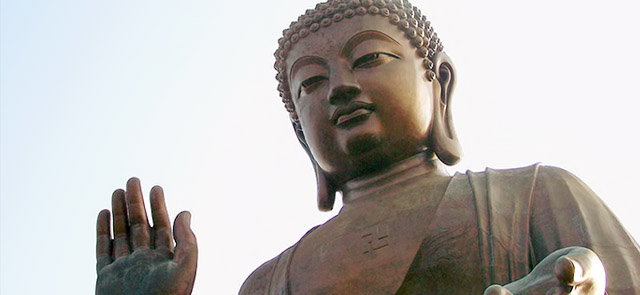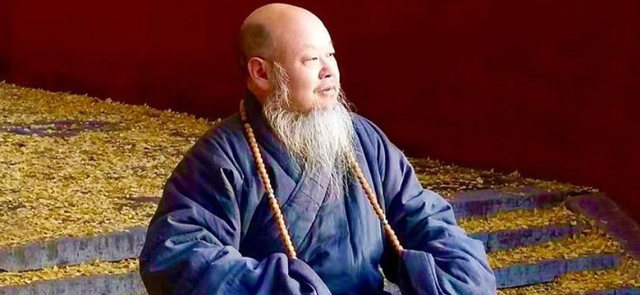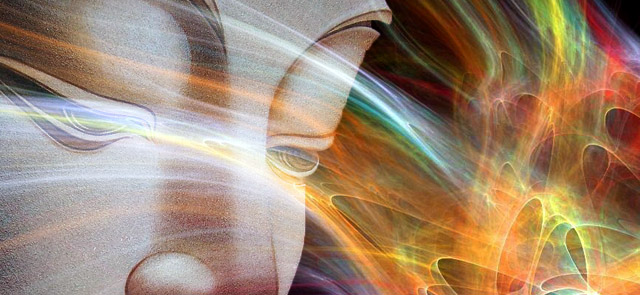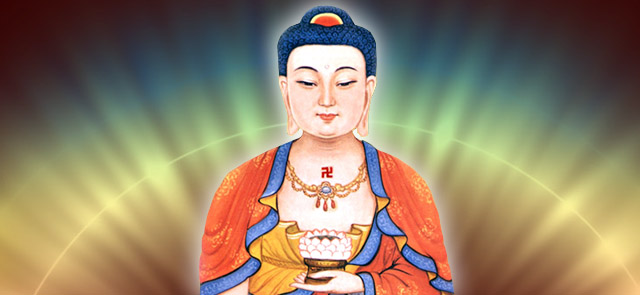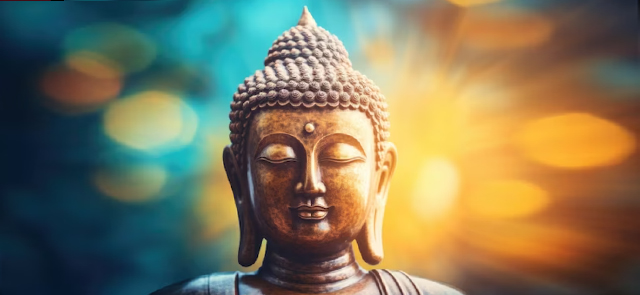Theravada Buddhism focused primarily on meditation and concentration, the eighth of the Eightfold Noble Path; as a result, it centered on a monastic life and an extreme expenditure of time in meditating. This left little room for the bulk of humanity to join in, so a new schism erupted within the ranks of Buddhism in the first century AD, one that would attempt to reformulate the teachings of Buddha to accommodate a greater number of people.
They called their new Buddhism, Mahayana [literally, "The Great Teachings of Buddhism], since it could accommodate more people and more believers from all walks of life. They distinguished themselves from mainstream Theravada Buddhism by contemptuously referring to Theravada as Hinayana.
The Mahayanists, however, did not see themselves as creating a new start for Buddhism, rather they claimed to be recovering the original teachings of Buddha, in much the same way that the Protestant reformers of sixteenth century Europe claimed that they were not creating a new Christianity but recovering the original form. The Mahayanists claimed that their canon of scriptures represented the final teachings of Buddha; they accounted for the non-presence of these teachings in over five hundred years by claiming that these were secret teachings entrusted only to the most faithful followers.
Whatever the origins of Mahayana doctrines, they represent a significant departure in the philosophy. Like the Protestant Reformation, the overall goal of Mahayana was to extend religious authority to a greater number of people rather than concentrating it in the hands of a few. The Mahayanists managed to turn Buddhism into a more esoteric religion by developing a theory of gradations of Buddhahood. At the top was Buddhahood itself which was preceded by a series of lives, the bodhisattvas.
This idea of the bodhisattva was one of the most important innovations of Mahayana Buddhism. The Bodhisattva, or "being of wisdom," was originally invented to explain the nature of Buddha's earlier lives. Before Buddha entered his final life as Siddhartha Gautama, he had spent many lives working towards Buddhahood. In these previous lives he was a bodhisattva , a kind of "Buddha-in-waiting," that performed acts of incredible generosity, joy, and compassion towards his fellow human beings. An entire group of literature grew up around these previous lives of Buddha, called the Jataka or "Birth Stories."
While we do not know much about the earliest forms of Buddhism, there is some evidence that the earliest followers believed that there was only the one Buddha and that no more would follow. Soon, however, a doctrine of the Maitreya, or "Future Buddha," began to assert itself. In this, Buddhists believed that a second Buddha would come and purify the world; they also believed that the first Buddha prophesied this future Buddha. If a future Buddha was coming, that meant that the second Buddha is already on earth passing through life after life. So someone on earth was the Maitreya. It could be the person serving you food. It could be a child playing in the street. It could be you. What if there was more than one Maitreya? Five? Ten? A billion? That certainly raises the odds that you or someone you know is a future Buddha.
The goal of Theravada Buddhism is practically unattainable. In order to make Buddhism a more esoteric religion, the Mahayanists invented two grades of Buddhist attainment below becoming a Buddha. While the Buddha was the highest goal, one could become a pratyeka-buddha , that is, one who has awakened to the truth but keeps it secret. Below the pratyeka-buddha is the arhant, or "worthy," who has learned the truth from others and has realized it as truth. Mahayana Buddhism establishes the Arhat as the goal for all believers. The believer hears the truth, comes to realize it as truth, and then passes into Nirvana. This doctrine of Arhathood is the basis for calling Mahayana for it is meant to include everyone.
Finally, the Mahayanists completed the conversion of Buddhism from a philosophy to religion. Theravada Buddhism holds that Buddha was a historical person who, on his death, ceased to exist. There were, however, strong tendencies for Buddhists to worship Buddha as a god of some sort; these tendencies probably began as early as Buddha's lifetime. The Mahayanists developed a theology of Buddha called the doctrine of "The Three Bodies," or Trikaya. The Buddha was not a human being, as he was in Theravada Buddhism, but the manifestation of a universal, spiritual being. This being had three bodies. When it occupied the earth in the form of Siddhartha Gautama, it took on the Body of Magical Transformation [Nirmanakaya]. This Body of Magical Transformation was an emanation of the Body of Bliss [Sambhogakaya], which occupies the heavens in the form of a ruling and governing god of the universe. There are many forms of the Body of Bliss, but the one that rules over our world is Amitabha who lives in a paradise in the western heavens called Sukhavati, or "Land of Pure Bliss." Finally, the Body of Bliss is an emanation of the Body of Essence [Dharmakaya], which is the principle underlying the whole of the universe.
This Body of Essence, the principle and rule of the universe, became synonymous with Nirvana. It was a kind of universal soul, and Nirvana became the transcendent joining with this universal soul.
